Home>Furniture & Design>Bathroom Accessories>What Causes Blue Stains In Toilet Bowl
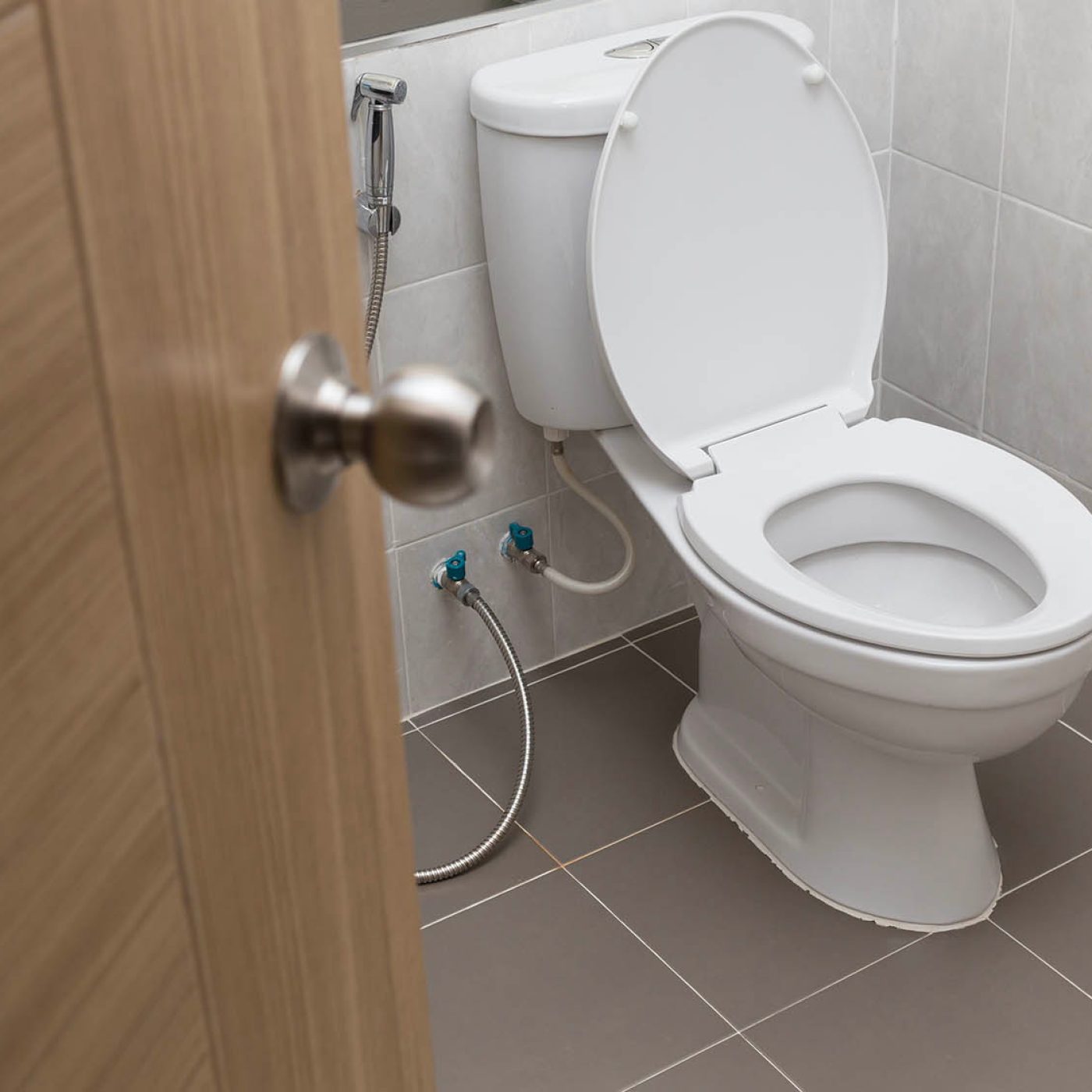

Bathroom Accessories
What Causes Blue Stains In Toilet Bowl
Modified: March 19, 2024
Discover the causes of blue stains in your toilet bowl and how to prevent them with the right bathroom accessories. Keep your bathroom looking clean and fresh.
(Many of the links in this article redirect to a specific reviewed product. Your purchase of these products through affiliate links helps to generate commission for Storables.com, at no extra cost. Learn more)
Introduction
Blue stains in a toilet bowl can be a perplexing and frustrating sight for many homeowners. These unexpected blemishes can detract from the overall cleanliness and aesthetic appeal of the bathroom. Understanding the potential causes of these blue stains is crucial in effectively addressing and preventing their recurrence. In this article, we will delve into the various factors that can lead to the development of blue stains in toilet bowls, shedding light on the underlying reasons behind this common issue.
The presence of blue stains in a toilet bowl often raises questions and concerns about the water quality and plumbing system in a household. While these stains may seem mysterious at first glance, they are typically the result of specific elements and conditions that interact with the surfaces of the toilet bowl. By exploring the potential culprits behind these stains, we can gain valuable insights into how to mitigate their impact and maintain a pristine bathroom environment.
As we embark on this exploration, it's important to approach the issue of blue stains in toilet bowls with a sense of curiosity and a desire to uncover the root causes. By doing so, we can equip ourselves with the knowledge needed to tackle this problem effectively and ensure that our toilet bowls remain free from unsightly discoloration. Let's delve into the factors that can contribute to the formation of blue stains, empowering ourselves with a deeper understanding of this common bathroom concern.
Key Takeaways:
- Say goodbye to blue stains in your toilet bowl by tackling hard water with water softening solutions and regular cleaning. Keep your bathroom pristine and free from unsightly discoloration.
- Combat blue stains caused by copper pipes with water filtration systems and targeted cleaners. Take proactive steps to maintain a visually appealing and well-maintained bathroom environment.
Read more: What Causes Toilet Bowl Stains
Hard Water
Hard water is a prevalent issue in many households, and it can play a significant role in the development of blue stains in toilet bowls. This type of water contains high levels of dissolved minerals, particularly calcium and magnesium. When hard water comes into contact with the surfaces of a toilet bowl, it can leave behind mineral deposits that manifest as unsightly blue stains.
The mineral content in hard water can react with the porcelain or enamel of the toilet bowl, leading to the formation of these distinctive blue discolorations. Over time, the accumulation of mineral deposits can become more pronounced, exacerbating the appearance of the stains and making them increasingly challenging to remove.
One of the key characteristics of hard water is its tendency to form limescale, a hard, chalky deposit that can adhere to various surfaces, including the interior of toilet bowls. This limescale buildup, which is often tinged with a bluish hue, is a visible indicator of the presence of hard water in a plumbing system.
Addressing the impact of hard water on toilet bowls requires a multifaceted approach. Implementing water softening measures, such as using a water softener or installing a whole-house water softening system, can help reduce the mineral content in the water, thereby mitigating the formation of blue stains. Additionally, regular cleaning and maintenance of the toilet bowl using specialized cleaners formulated to target mineral deposits can aid in preventing and removing these unsightly blemishes.
By understanding the role of hard water in the development of blue stains in toilet bowls, homeowners can take proactive steps to address this issue and maintain the pristine condition of their bathroom fixtures. Through a combination of water treatment solutions and diligent cleaning practices, the impact of hard water on toilet bowls can be effectively minimized, allowing for a cleaner and more visually appealing bathroom environment.
Copper Pipes
Copper pipes are a ubiquitous feature in many residential plumbing systems, valued for their durability and corrosion resistance. However, the presence of copper pipes can contribute to the development of blue stains in toilet bowls through a fascinating chemical process.
When water flows through copper pipes, a natural phenomenon known as copper corrosion can occur. This process involves the gradual dissolution of copper ions into the water, a result of the metal's interaction with the flowing liquid. As a consequence, the water becomes infused with minute traces of copper, which may not be visually apparent at first.
However, when this copper-laden water comes into contact with the surfaces of a toilet bowl, particularly the porcelain or enamel, a remarkable transformation takes place. The interaction between the copper ions and the materials comprising the toilet bowl can lead to the formation of distinctive blue stains.
These stains, often characterized by their vibrant blue or turquoise hue, are a visual manifestation of the chemical reaction between the copper ions and the toilet bowl surfaces. Over time, the accumulation of these copper-derived deposits can intensify, resulting in more pronounced and stubborn stains that are challenging to remove.
Addressing the influence of copper pipes on the appearance of blue stains in toilet bowls requires a comprehensive approach. Homeowners can consider several strategies to mitigate this issue, such as installing a water filtration system designed to remove excess copper from the water supply. Additionally, periodic inspection and maintenance of copper pipes can help identify and address potential corrosion issues, reducing the likelihood of copper ions leaching into the water.
Furthermore, utilizing specialized toilet bowl cleaners formulated to target copper stains can aid in effectively removing and preventing the recurrence of these blemishes. By incorporating these proactive measures, homeowners can minimize the impact of copper pipes on the formation of blue stains, preserving the cleanliness and visual appeal of their toilet bowls.
Understanding the role of copper pipes in the development of blue stains in toilet bowls empowers homeowners to take proactive steps in addressing this issue. By implementing targeted solutions and maintenance practices, the influence of copper corrosion on toilet bowl discoloration can be effectively managed, contributing to a more aesthetically pleasing and well-maintained bathroom environment.
To prevent blue stains in the toilet bowl, use a toilet bowl cleaner specifically designed to remove mineral deposits and hard water stains. Regular cleaning and using a water softener can also help prevent blue stains.
Cleaning Products
The selection of cleaning products used in maintaining a toilet bowl can significantly impact the occurrence and persistence of blue stains. Many conventional toilet bowl cleaners contain chemicals and compounds that, when used improperly or excessively, can contribute to the development of these unsightly blemishes.
One common culprit in this regard is the presence of acidic or abrasive ingredients in certain cleaning products. These potent compounds, while effective in removing surface stains and buildup, can inadvertently damage the protective enamel or porcelain coating of the toilet bowl. As a result, the underlying materials become more susceptible to discoloration, including the formation of blue stains.
Furthermore, the overuse of toilet bowl cleaners, particularly those with harsh chemical formulations, can disrupt the delicate balance of the toilet bowl's surfaces, making them more prone to discoloration and staining. This overreliance on aggressive cleaning agents can exacerbate the appearance of blue stains, creating a persistent and challenging issue for homeowners.
To address the impact of cleaning products on the formation of blue stains in toilet bowls, it is essential to adopt a balanced and informed approach to toilet bowl maintenance. Choosing cleaning products specifically formulated for gentle yet effective cleaning, such as those labeled as safe for use on enamel or porcelain surfaces, can help minimize the risk of inadvertently causing blue stains.
Additionally, implementing a regular cleaning schedule that aligns with the recommended usage guidelines for the selected cleaning products can contribute to maintaining the pristine condition of the toilet bowl while minimizing the risk of blue stain formation. By following the manufacturer's instructions and exercising moderation in the application of cleaning agents, homeowners can safeguard their toilet bowls against the development of unsightly blue stains.
In instances where blue stains have already manifested, utilizing targeted cleaners designed to address mineral deposits and discoloration can aid in effectively removing these blemishes. These specialized products are formulated to dissolve and lift away stubborn stains without compromising the integrity of the toilet bowl's surfaces, offering a tailored solution for combating blue stains.
By being mindful of the cleaning products used and adopting a proactive and informed approach to toilet bowl maintenance, homeowners can mitigate the impact of these products on the formation of blue stains. This conscientious approach not only preserves the visual appeal of the toilet bowl but also contributes to a well-maintained and hygienic bathroom environment.
Bacteria and Mold
The presence of bacteria and mold in a toilet bowl can contribute to the development of blue stains, adding a layer of complexity to the factors influencing this common bathroom concern. Bacteria, particularly those belonging to the genus Pseudomonas, are known for their ability to produce a bluish-green pigment. When these bacteria thrive in the moist and nutrient-rich environment of a toilet bowl, they can impart a distinctive blue or greenish tint to the water and surfaces.
Mold, another microbial culprit, can also play a role in the manifestation of blue stains. Certain species of mold, such as Penicillium, have been associated with the production of bluish or greenish pigments under specific environmental conditions. When mold colonies establish a presence in the toilet bowl, they can contribute to the discoloration of the water and surfaces, leading to the formation of blue stains.
The growth of bacteria and mold in a toilet bowl is often facilitated by factors such as inadequate cleaning practices, stagnant water, and suboptimal ventilation. These microorganisms thrive in damp and nutrient-rich environments, finding ample sustenance and moisture within the confines of a toilet bowl. As they proliferate, they can impart their characteristic pigments to the water and surfaces, resulting in the unsightly blue stains that are a cause for concern among homeowners.
Addressing the influence of bacteria and mold on the development of blue stains in a toilet bowl requires a multifaceted approach. Implementing regular and thorough cleaning routines, including the use of disinfectants and antimicrobial cleaners, can help mitigate the growth of these microorganisms. Additionally, promoting proper ventilation and minimizing water stagnation in the toilet bowl can create an environment less conducive to bacterial and mold proliferation.
Furthermore, proactive measures such as periodically inspecting and addressing any leaks or sources of excess moisture in the bathroom can contribute to preventing the growth of bacteria and mold. By adopting these preventive strategies and maintaining a hygienic and well-ventilated bathroom environment, homeowners can minimize the impact of these microorganisms on the formation of blue stains, preserving the cleanliness and visual appeal of their toilet bowls.
Understanding the role of bacteria and mold in the development of blue stains in toilet bowls empowers homeowners to take proactive steps in addressing this multifaceted issue. By implementing targeted cleaning and preventive measures, the influence of these microorganisms on toilet bowl discoloration can be effectively managed, contributing to a more aesthetically pleasing and hygienic bathroom environment.
Read more: What Causes Grey Stains In Toilet Bowl
Conclusion
In conclusion, the presence of blue stains in toilet bowls can be attributed to a diverse array of factors, each contributing to the unique and often perplexing discoloration that homeowners encounter. From the influence of hard water and copper pipes to the impact of cleaning products and the proliferation of bacteria and mold, the development of blue stains is a multifaceted issue that demands a nuanced understanding and proactive approach to mitigation.
By delving into the underlying causes of blue stains, homeowners can gain valuable insights into how to effectively address and prevent this common bathroom concern. The influence of hard water, characterized by its high mineral content and propensity to form limescale, underscores the importance of water treatment solutions and diligent cleaning practices in maintaining the pristine condition of toilet bowls.
Similarly, the role of copper pipes in contributing to blue stains highlights the significance of proactive maintenance and the potential benefits of water filtration systems in minimizing the impact of copper corrosion. Understanding the potential influence of cleaning products on the formation of blue stains emphasizes the need for informed and balanced approaches to toilet bowl maintenance, ensuring that the selected cleaners are compatible with the materials and surfaces of the fixture.
Furthermore, the presence of bacteria and mold as contributors to blue stains underscores the importance of promoting a hygienic and well-ventilated bathroom environment, coupled with regular cleaning and preventive measures to mitigate the growth of these microorganisms.
By addressing these factors comprehensively, homeowners can take proactive steps to minimize the impact of blue stains in toilet bowls, preserving the cleanliness and visual appeal of their bathroom fixtures. Through a combination of targeted cleaning practices, preventive maintenance, and, where applicable, water treatment solutions, the occurrence and persistence of blue stains can be effectively managed, contributing to a more aesthetically pleasing and hygienic bathroom environment.
In navigating the complexities of blue stains in toilet bowls, homeowners are empowered to make informed decisions and implement proactive measures that safeguard the integrity and visual appeal of their bathroom fixtures. By embracing a holistic approach to addressing the underlying causes of blue stains, individuals can cultivate a cleaner, more inviting bathroom environment that enhances the overall comfort and satisfaction of their living spaces.
Frequently Asked Questions about What Causes Blue Stains In Toilet Bowl
Was this page helpful?
At Storables.com, we guarantee accurate and reliable information. Our content, validated by Expert Board Contributors, is crafted following stringent Editorial Policies. We're committed to providing you with well-researched, expert-backed insights for all your informational needs.
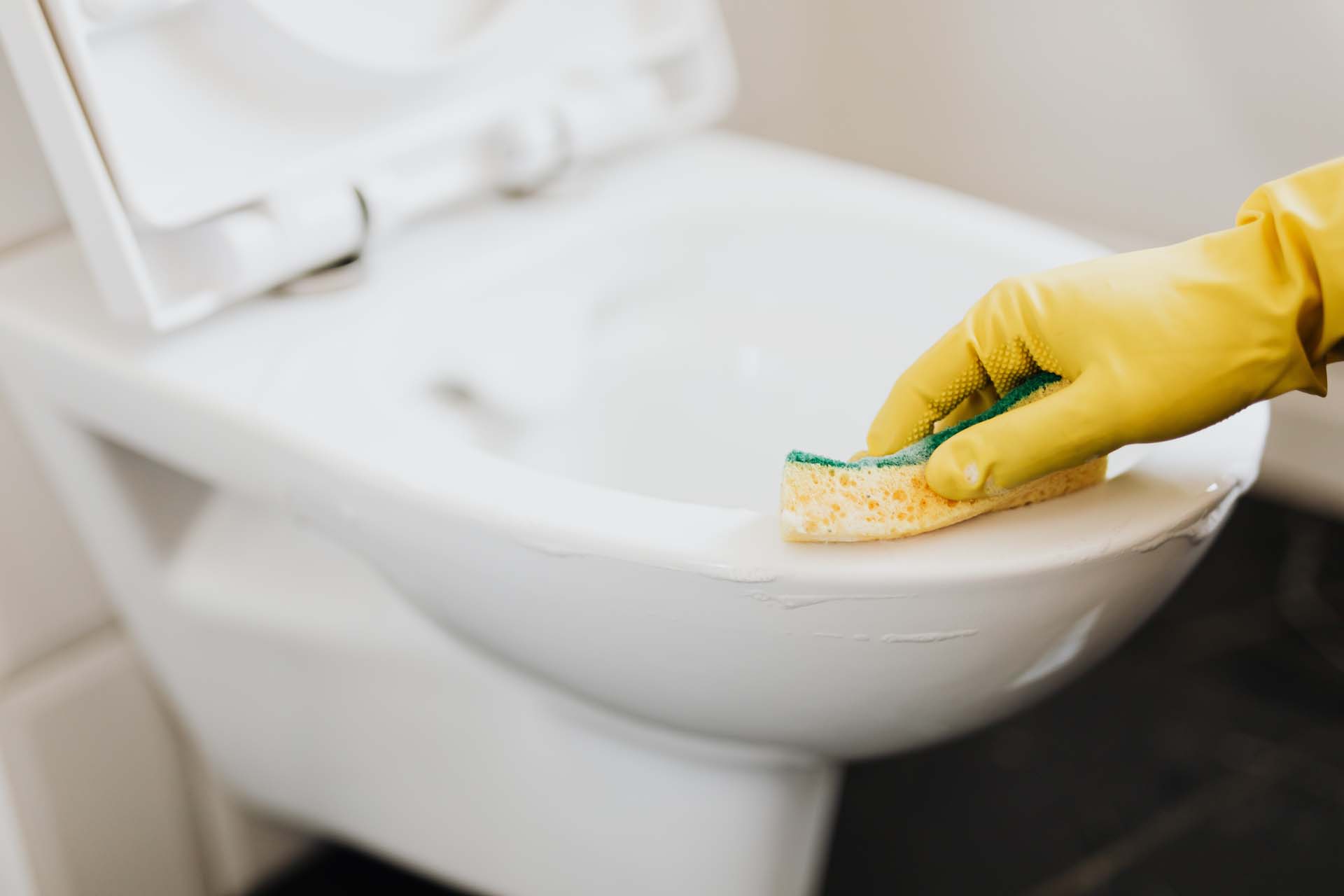
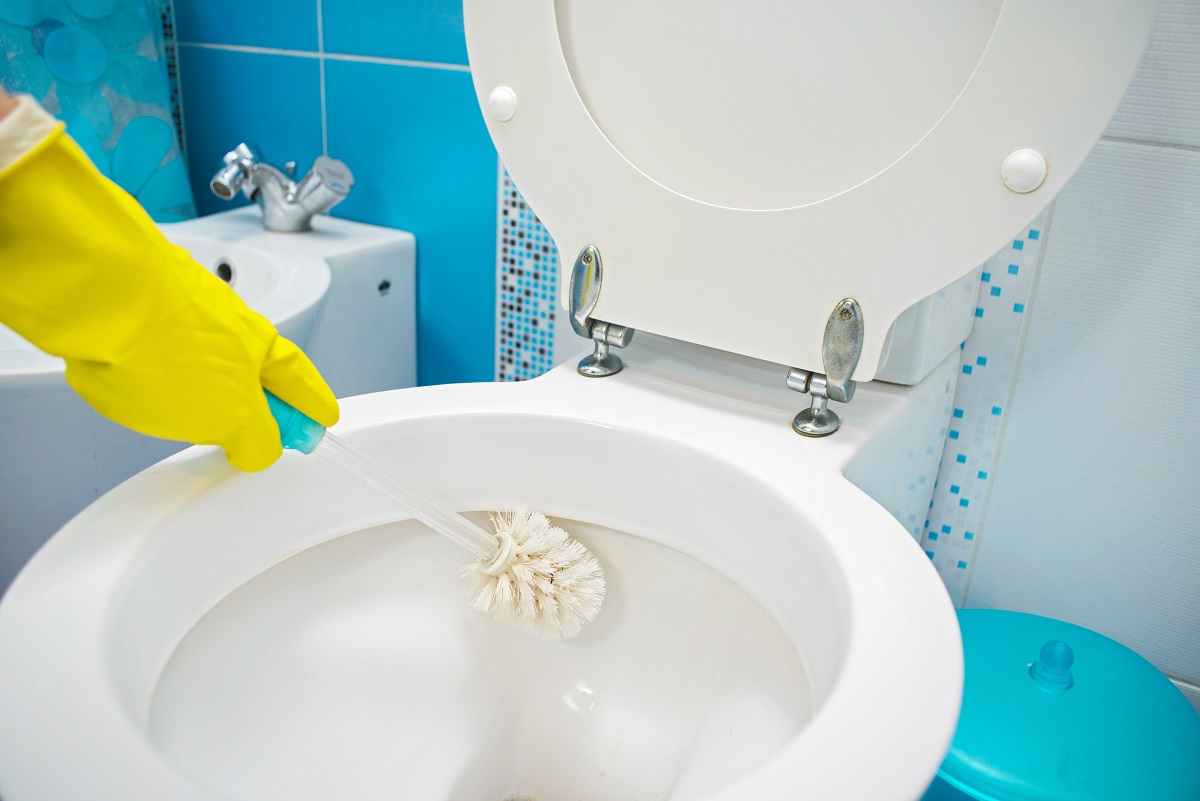
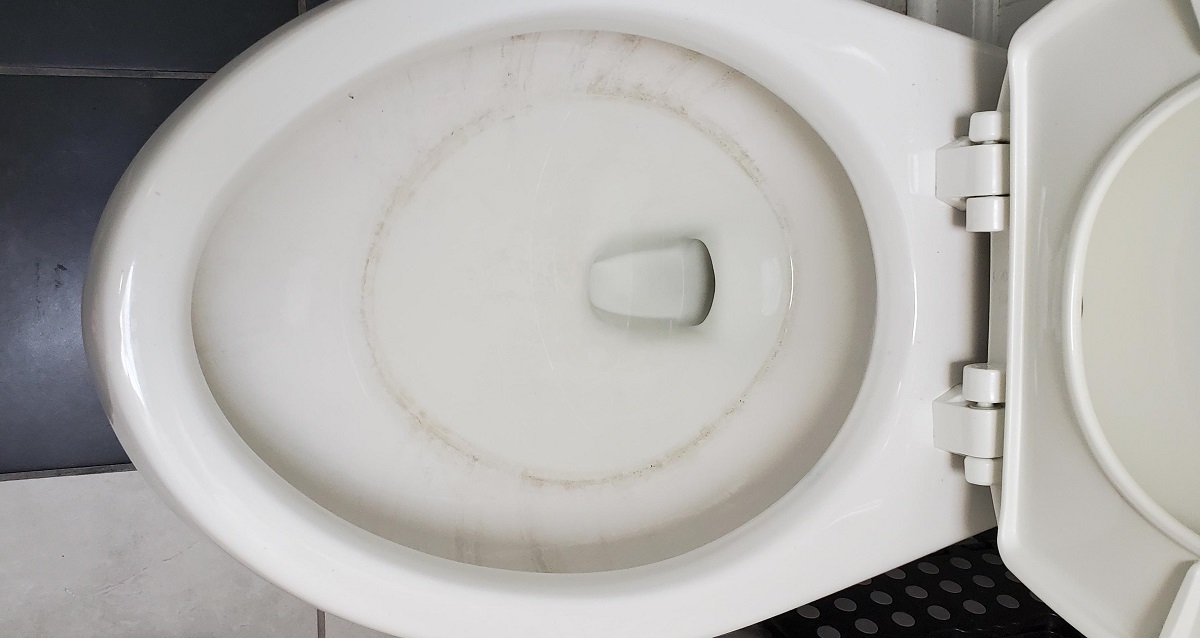
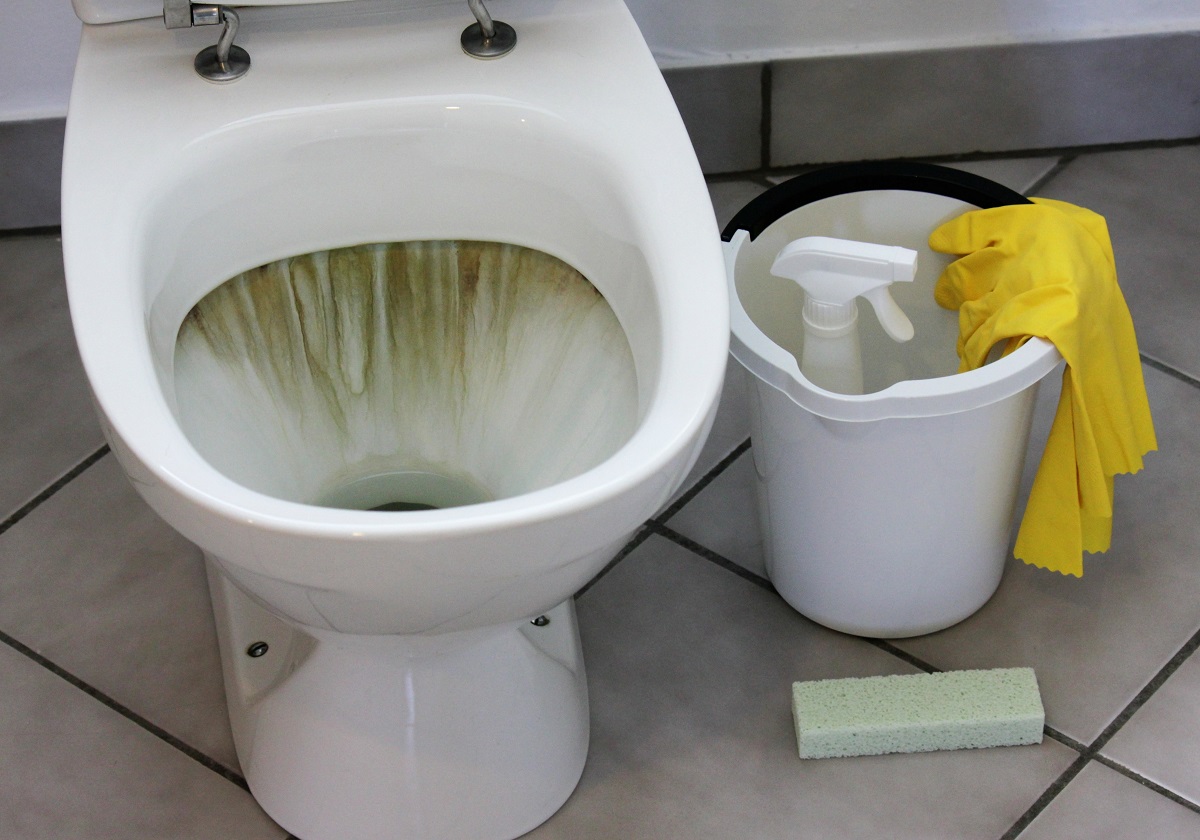
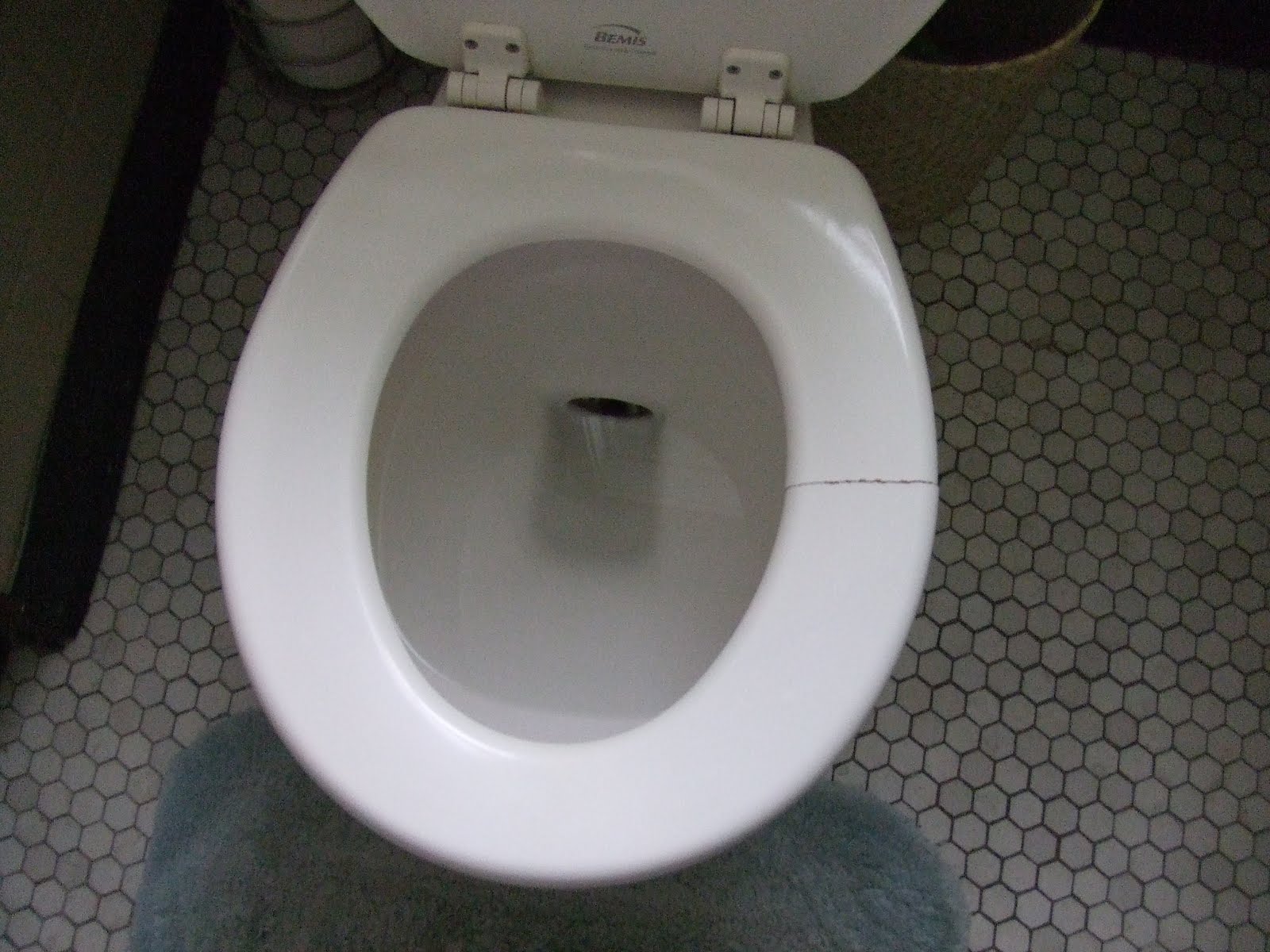
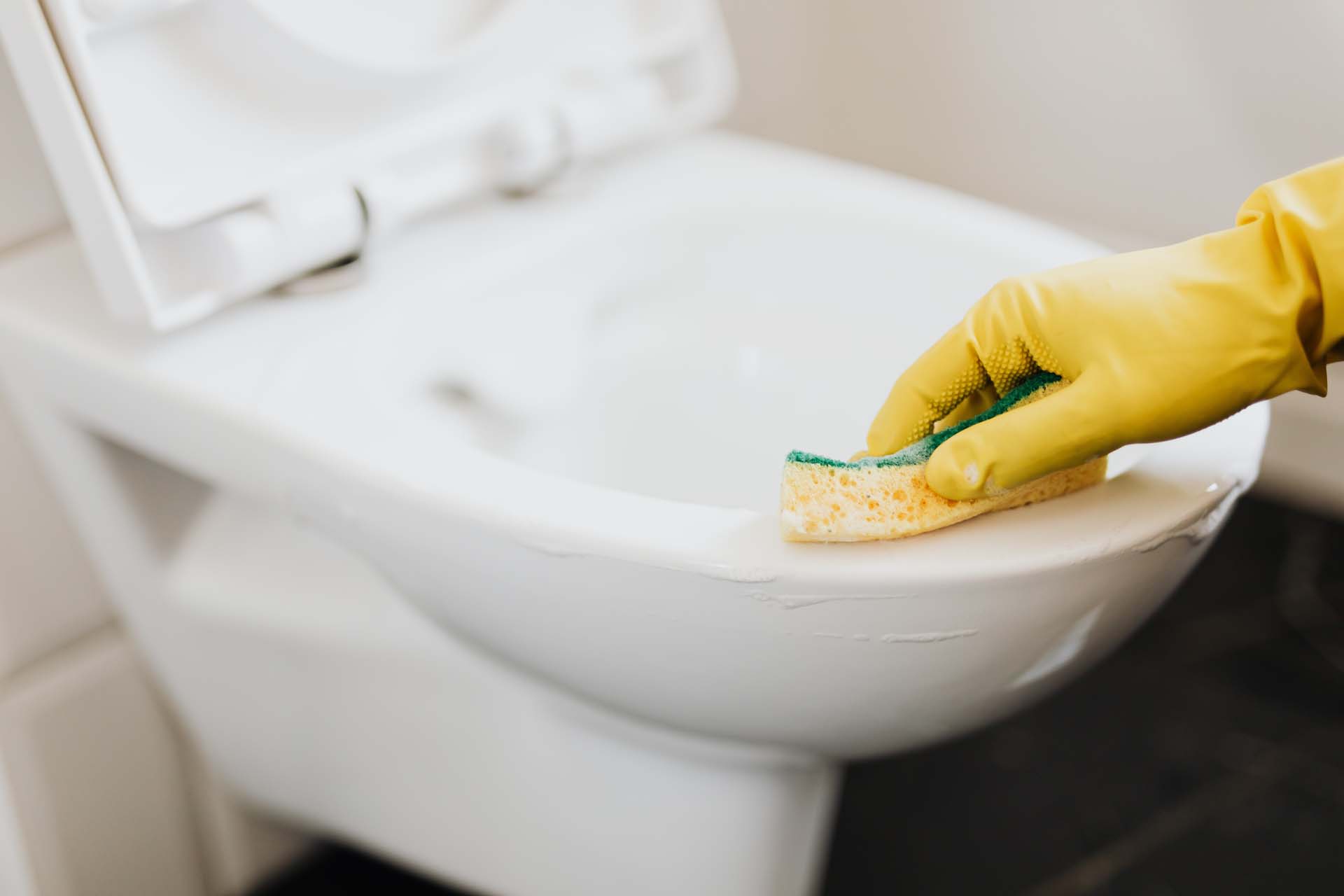
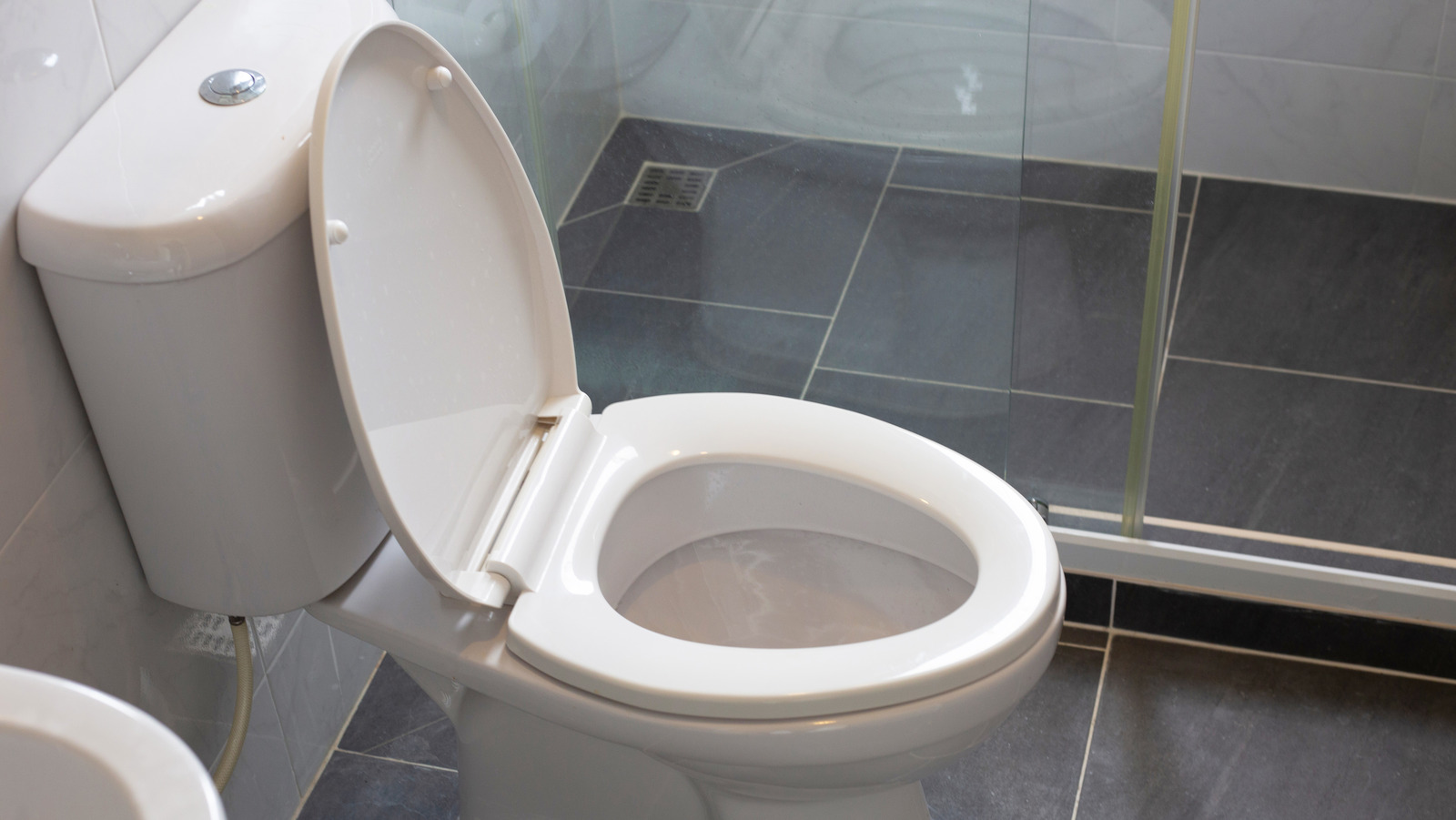
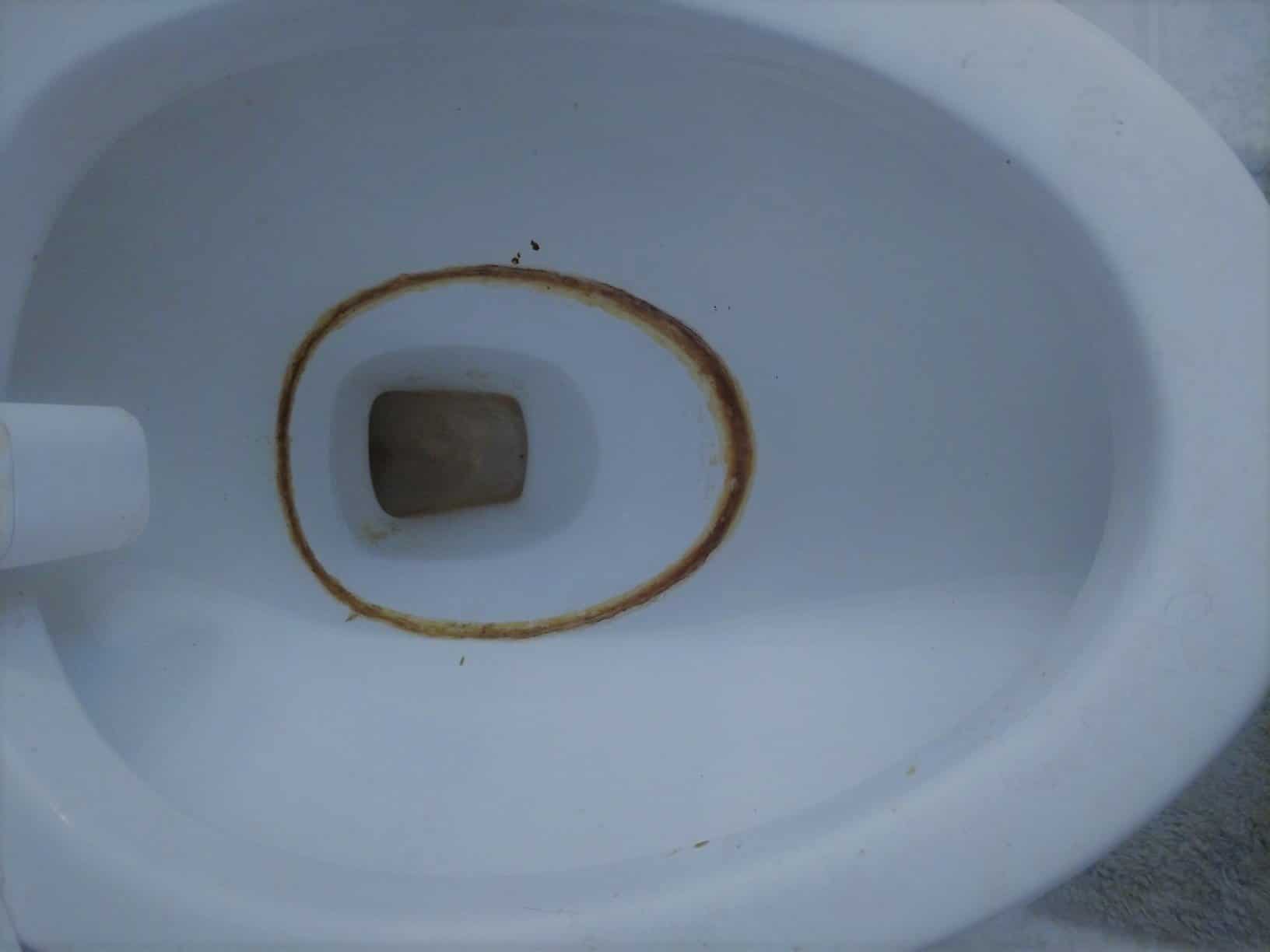
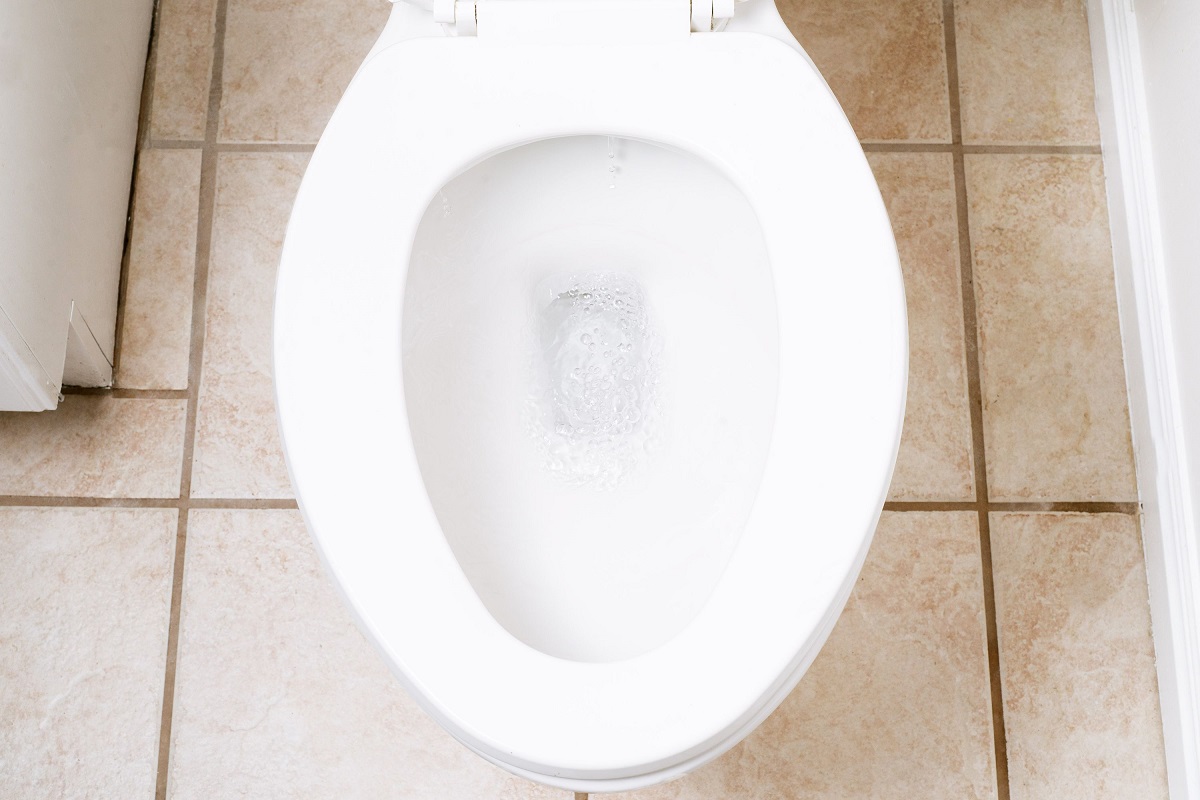

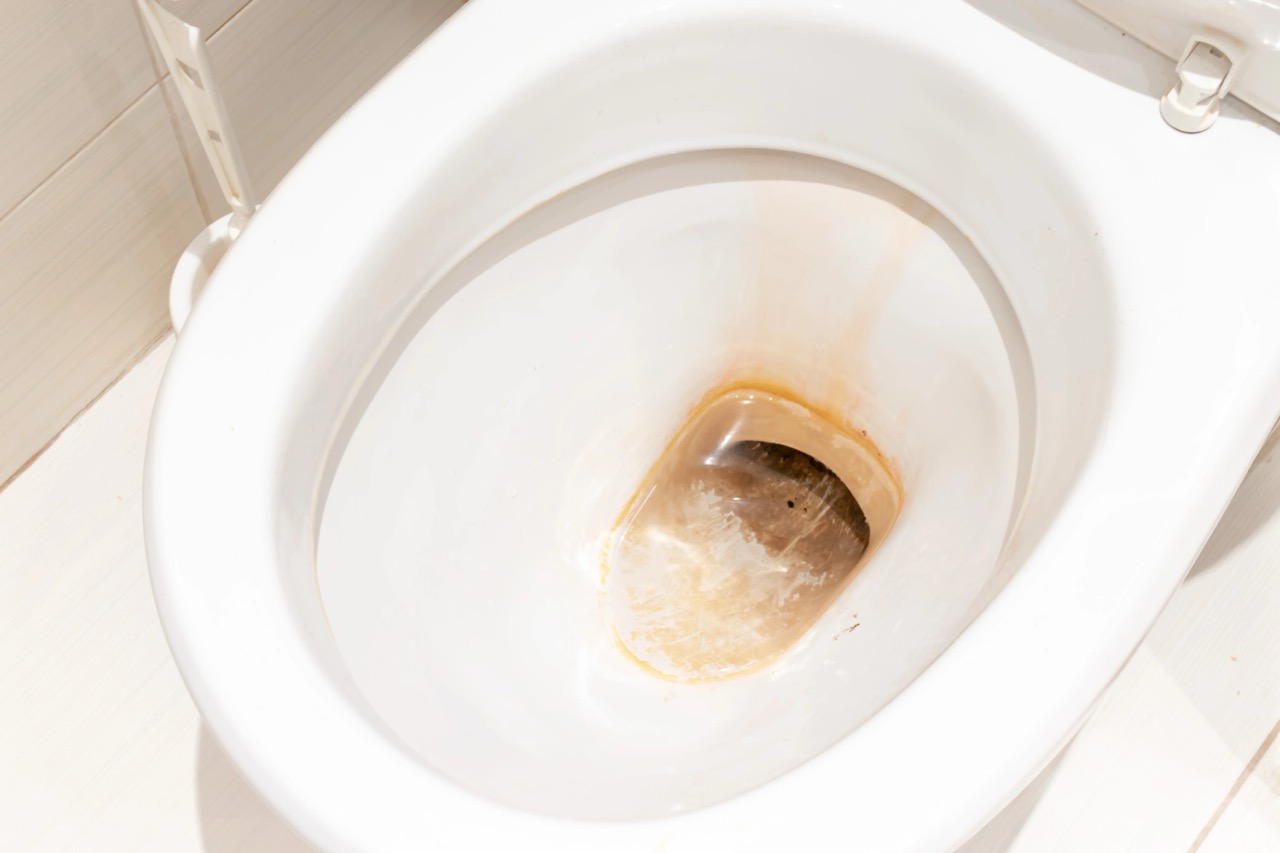
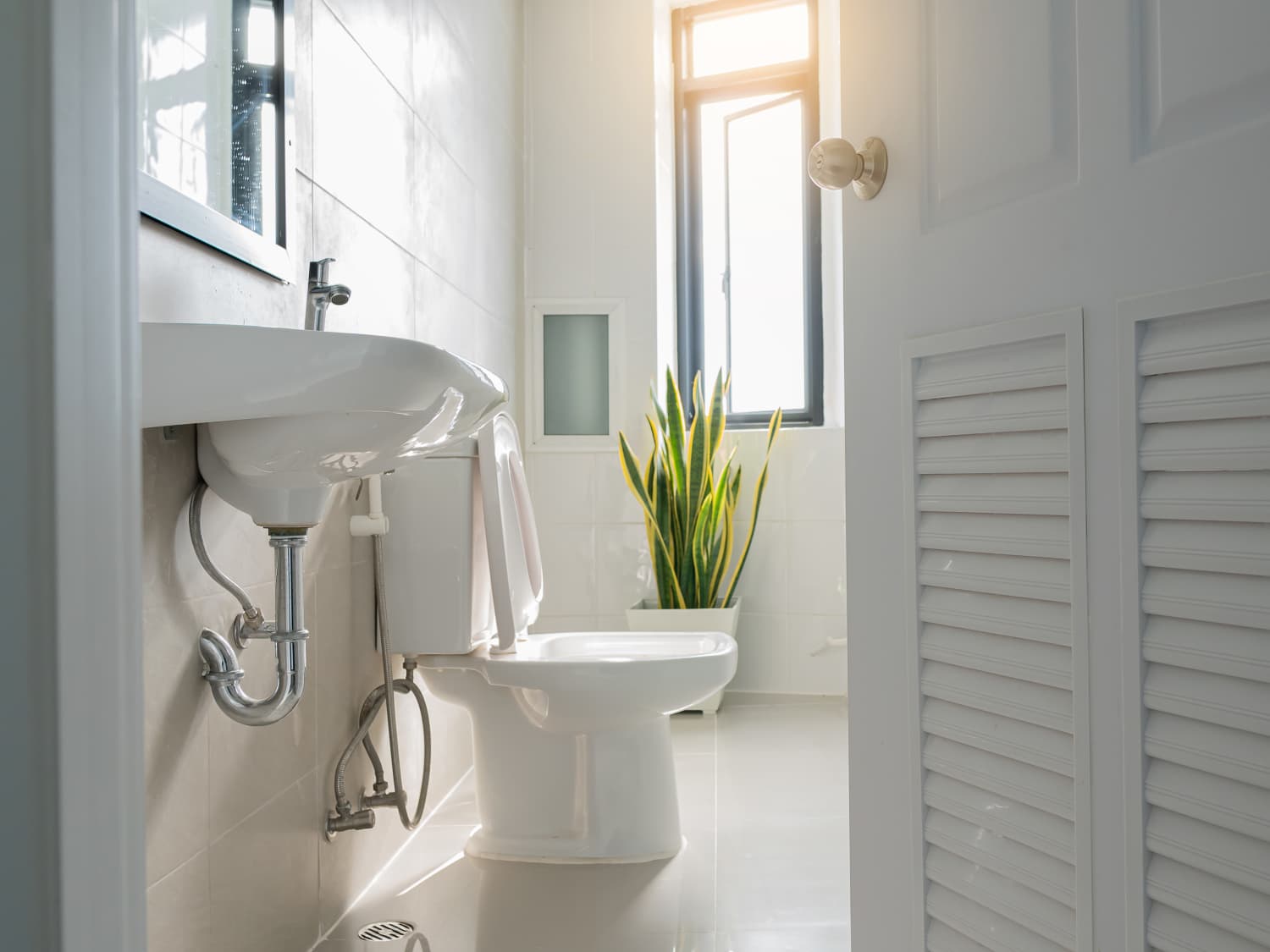
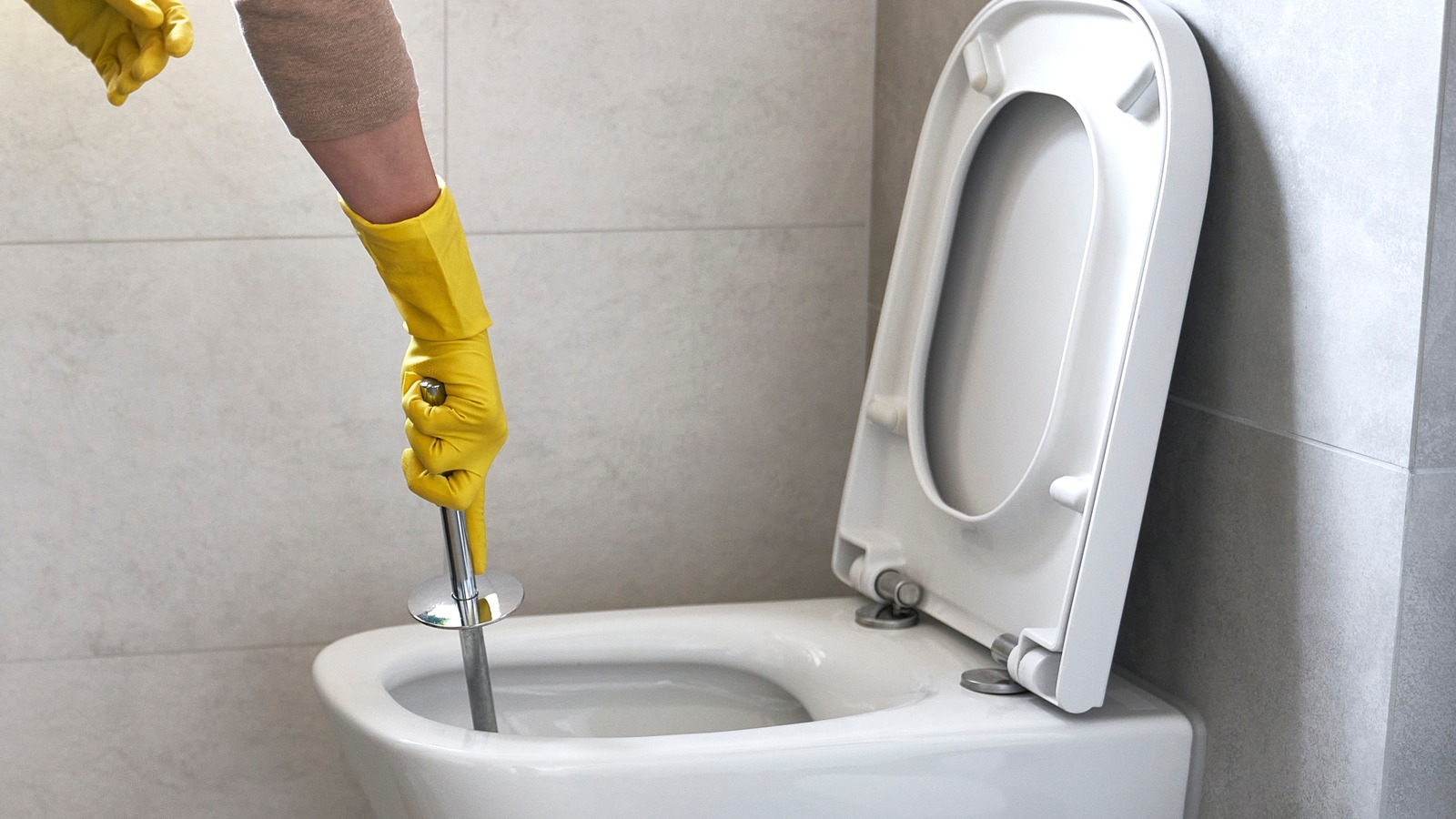
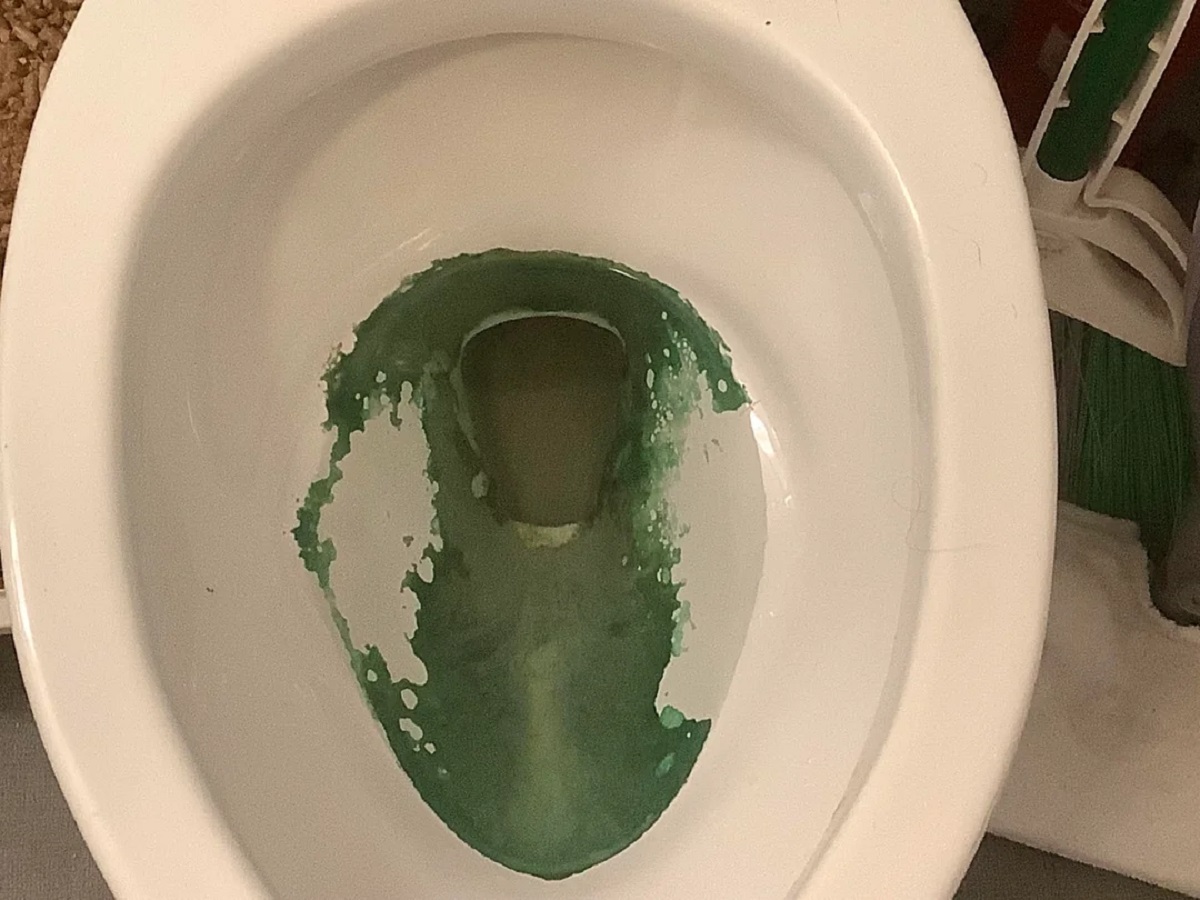

0 thoughts on “What Causes Blue Stains In Toilet Bowl”